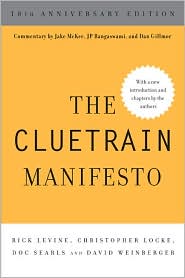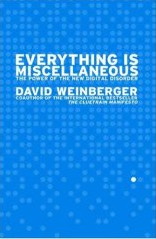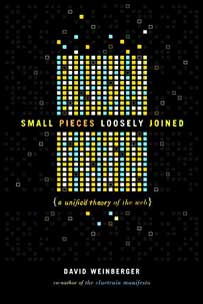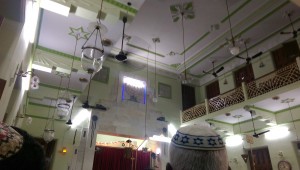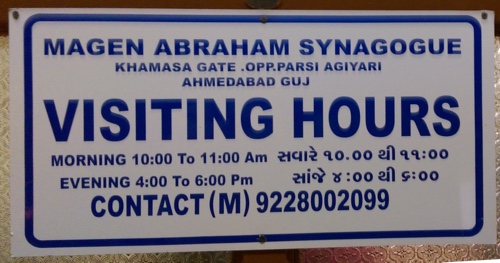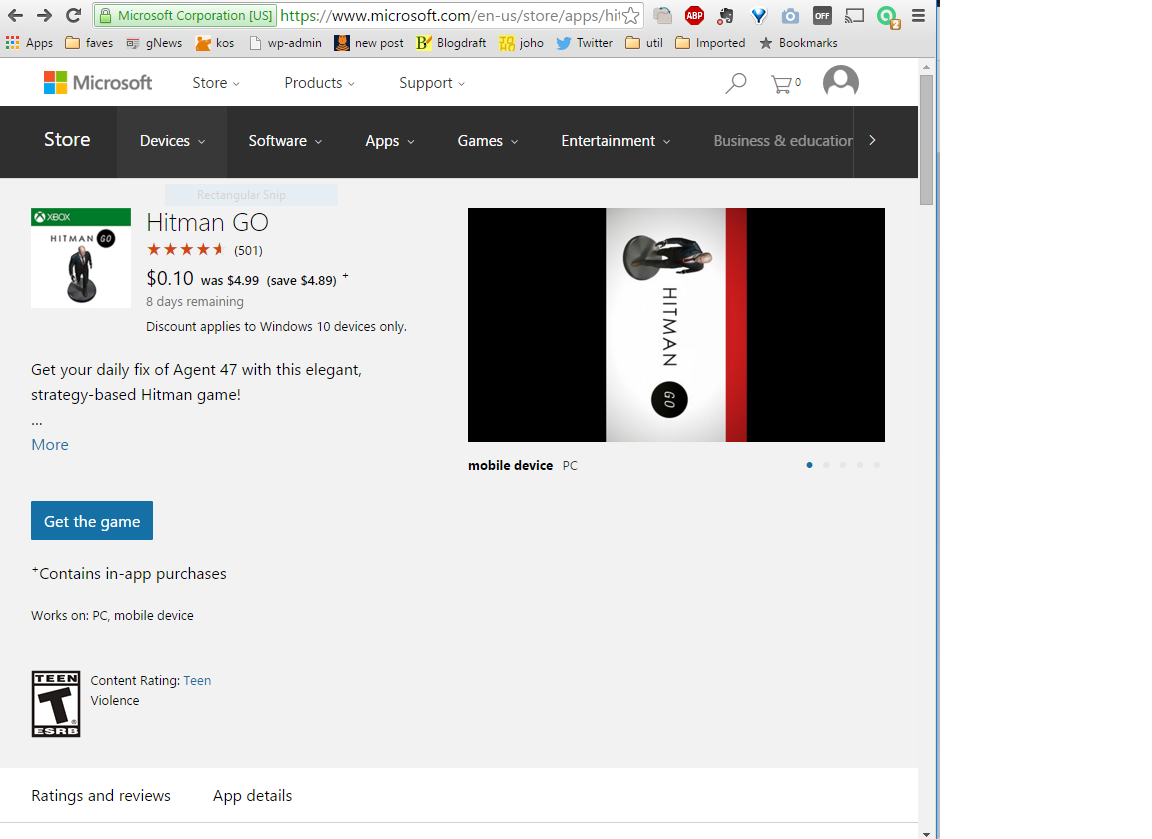December 13, 2015
From boosting the Net to remembering it
My role on the Net is going through a large swing: from explaining why the Internet is different, important, and (overall) good, to reminding us—especially college-age kids—how different and difficult so many things were before the Net existed.
For example, I gave an informal talk at Tufts last week and a few weeks ago at Emerson College. In both of them, and in the discussions afterwards, I did the Old Man thing of talking about how things were in the pre-Net days. For instance, it used to be that you’d read a newspaper article, have questions and want to know more, and there was no place you could go. You got whatever was in that rectangle of information and that’s all. Shocking! Outrageous!
The two roles are not unrelated: explaining what’s different about the Net and why we should overall be grateful and optimistic about the opportunities it has opened up. But what’s surprising to me is summed up by the comment by one of the Emerson students after the event was officially over: He thanked me for saying positive things about the Net since “All we ever hear is how dangerous it is.”
So, there’s still work to do. Hope over fear. Hope over fear.



